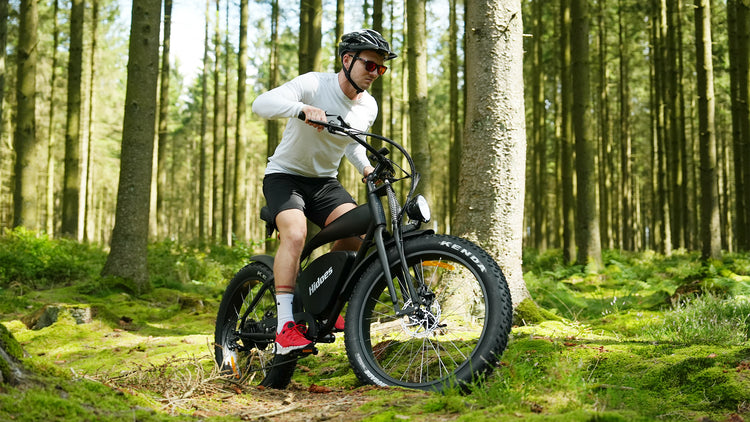
Electric bicycles are revolutionizing urban mobility, providing a sustainable alternative to cars for short to medium commutes. But how do they fare on public transportation? Dive into this comprehensive Q&A guide to explore the feasibility and implications of incorporating e-bikes into common public transport systems, including buses, trains, airplanes, and cruise ships.
Q: Can I bring my e-bike onto a public bus?
A: Policies vary by bus company, with many permitting folded e-bikes during off-peak hours, as long as they comply with luggage size restrictions. Check local regulations for clarity.
Pros:
- E-bikes offer a solution to the "last mile" challenge, bridging the gap between bus stops and final destinations swiftly.
- They contribute to reducing congestion and environmental impact around bus stations.
Cons:
- Limited bus storage space, particularly during peak hours, may pose logistical hurdles.
- Safety precautions concerning e-bike batteries are essential to prevent accidents.
Q: Are e-bikes allowed on trains?
A: Most train services accommodate e-bikes, often with specific guidelines. Folding e-bikes are generally accepted, while non-folding ones may require special arrangements or additional fees.
Pros:
- Trains typically designate bicycle areas, facilitating e-bike transportation without inconveniencing other passengers.
- Utilizing an e-bike at your destination offers a flexible and healthy mode of exploration.
Cons:
- Advance booking may be necessary for e-bike transport on some trains, potentially limiting spontaneity.
- Additional fees and size requirements, including disassembly or folding, might apply.
Q: Can I bring my e-bike on a flight?
A: Airline policies vary, but generally, e-bikes can be checked as oversized luggage or cargo, provided the battery is removed and carried separately.
Pros:
- E-bikes serve as versatile transportation options at your destination, promoting eco-friendly travel and exploration.
- They offer a sustainable alternative to car rentals or taxi services.
Cons:
- The process of checking in and retrieving your e-bike can be intricate and time-consuming.
- Battery separation requirements may pose inconvenience and risk damage or loss during transit.
Q: Can I bring my e-bike on a cruise ship?
A: Cruise line policies differ, but many permit e-bikes under specific conditions, often with limitations on onboard usage and storage.
Pros:
- E-bikes enrich your cruise experience by facilitating effortless exploration of ports of call.
- They provide a unique and enjoyable means of discovering new destinations.
Cons:
- Limited onboard storage space and usage restrictions may impact the appeal of bringing an e-bike.
- Stringent regulations and potential additional fees can complicate the process.
Conclusion
Before integrating your e-bike with public transportation, familiarize yourself with the rules and regulations of each mode. While e-bikes offer convenience, environmental benefits, and health advantages, logistical considerations such as storage, safety, and compliance are paramount. Plan ahead, adhere to requirements, and take necessary precautions for a seamless and enjoyable e-bike travel experience on public transportation.
Enjoy your ride with HIDOES!








